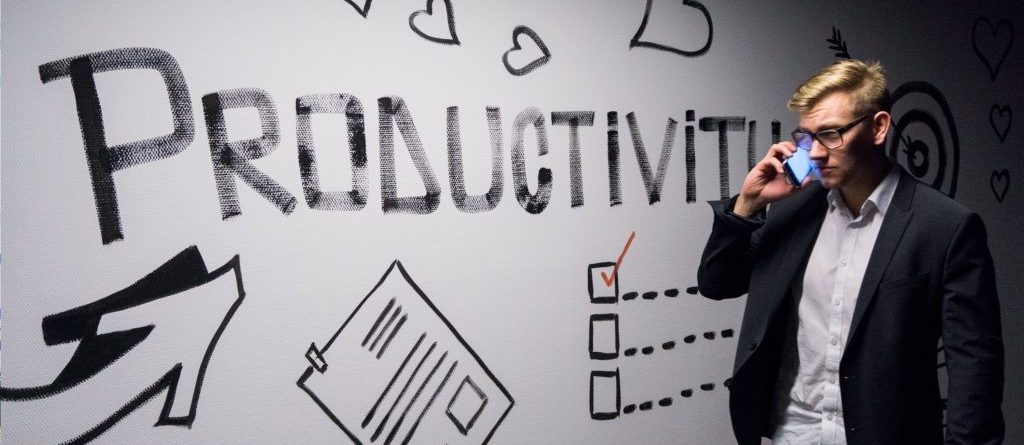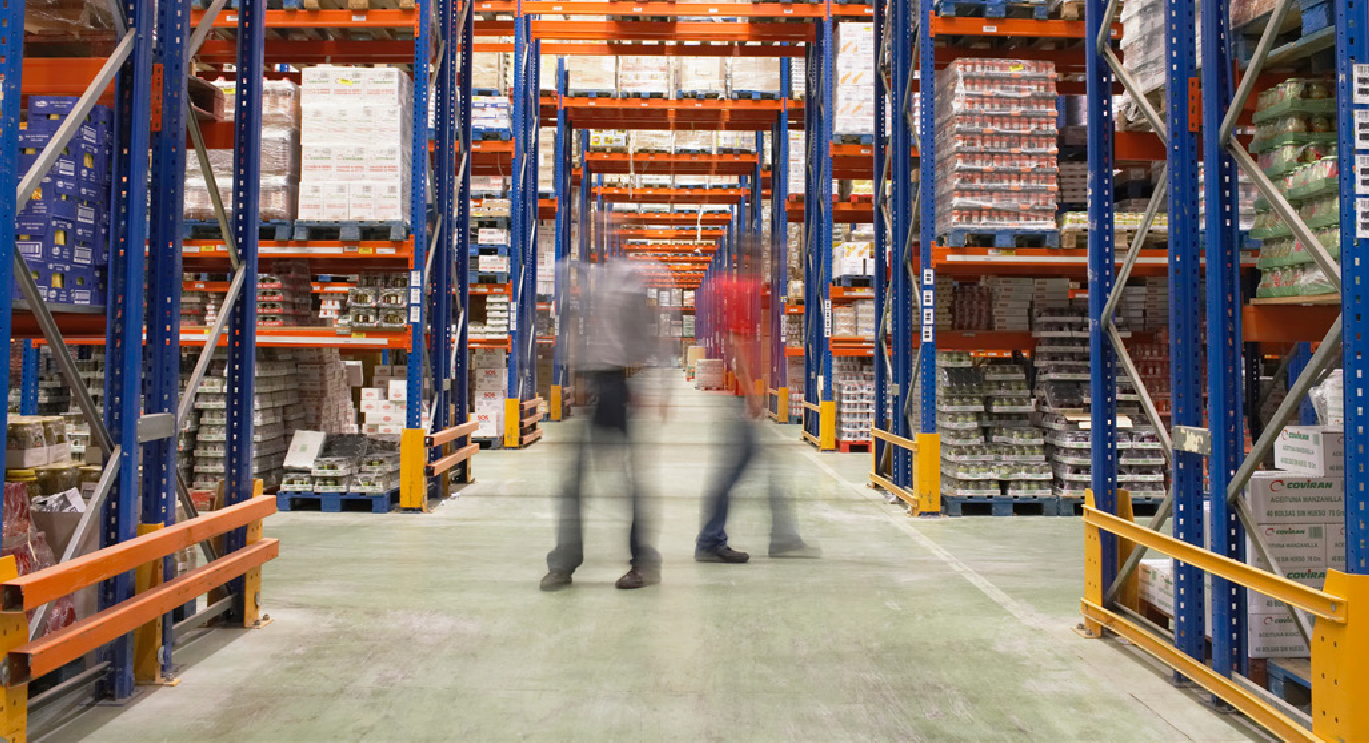Let’s begin by looking at the world through the eyes of an interior designer from the millennial generation reporting from her journey to the near future.
“It‘s half past eight in the morning and the first workers are arriving at their comfortably furnished workstations, vitamin boosters in one hand and their smartphones in the other, checking what is on today’s schedule. While the actual content of their work couldn’t be more different, everyone in the workplace is synched and enjoys exchanging thoughts and ideas with one another. That’s the good thing about this new working: it creates synergies which offer people a range of possibilities, both professional and personal – not that these two spheres can really be kept distinct any more.
Indeed, this mix of personal and professional life has become even more common in recent years: some of the people at this co-working space actually live in it, too. The whole space is designed to maximise our comfort and cater to our individual needs.
I start my day by withdrawing into my berth because I need to concentrate on the plans for an office furnishing concept I have been asked to prepare. Cocoon-like, the berth changes to suit my mood: sensors detect my state – am I stressed? Tired? – and attune the light, climate control, and background music to my needs. The berth is my very own feel-good space. Once I’m ready, I go up to the holodeck to discuss the planning with the client (whose boss dials in from Tokyo, but what does it matter?). We go through the 3D model of my designs together – in real time, virtually, together. My smartphone is now the only gadget I have to carry with me: it acts as a key, allowing me to sign in and work anywhere. For me, it is all about technology and flexibility. It doesn’t matter where I work from.”
Work (Version 4.0) – Flexibility and independence
In the course of recent decades, the definition of the word “work” and the working environments in which it is carried out have changed fundamentally. One of the typical images of the world of work in the 1960s, for instance, is an office floor filled with cubicles; these workspaces structured office landscapes and left precious little room for the individual identity of those who spent their days in them.
It wasn’t until around the middle of the twentieth century that the office as a space became a focus of interior designers. For the first time, office design tried to take account of the physical and psychological needs of white-collar workers while accommodating working processes and internal communications requirements in the layout. At the time, Robert Propst’s “action office” honeycomb concept was all the rage, but when it came to implementation, the system of 120° corners he based the design on were swapped for more cost-efficient 90° structures.
While the generation of the 1960s/70s prefers set structures, younger workers tend to have quite different preferences when it comes to work and their working environment. They want their employers to offer them flexibility and independence – and would rather have a mentor than a boss. With the “War for Talents” raging, employers are having to take these desires seriously.
Yet this shift in values, while key to grasping the future of work, is often neglected in discussions about how companies need to adapt. There is much talk of automation, digitisation, and demographics, all seen as core aspects of how work is evolving; and while working patterns have changed markedly in many areas, the driver behind this is, more than anything, the change in our expectations of work as a society and about how we live our lives. This transformation in what society values and the goals it pursues is something which distinguishes Millennials from previous generations – and which employers therefore need to bear in mind.
Summarised in a slightly simplistic way, Baby-Boomers and early Generation X-ers were happy with a permanent, dependable job in an office environment; as such, they perceive changes to their daily working patterns as annoyances and have an understanding of hierarchies based on the classic management-staff relationship.
Keeping the human element by making work into more than just a job
As smartphones make everyone available at any time and laptops enable them to work from any location, the distinction between professional and personal life is set to blur to an ever greater degree. Younger generations now see this as quite normal: they did not experience working life prior to this technology and cannot imagine how work might otherwise be organised. New environments such as co-working spaces are based on this shift and offer those who work there the opportunity to strike up an easy dialogue with other companies.
At this point, let’s get back into the time machine and take another glimpse at the future.
“Recently, communities have started to develop where you can live and work in the same place. These new synergies open up entirely new perspectives for flexible work, with “live-work spaces”, as they are called, aiming to harness processes which come into being when a diverse range of people with a diverse range of professions comes together to live and work in one place. The members of the community complement each other in terms of industries and skills, helping each other to develop both as employees and as parts of the social group. Work doesn’t have to feel like work, but should be a positive part of everyone and a component of their identity. The prerequisite for this is, of course, that employers place trust in their staff and allow them to organise their own work (unless the staff are freelancers, of course).”
The current view and work as a feel-good factor
Given the change in how work is structured, do employers actually need to check on employees as long as their output arrives on time and in the agreed quality? In fact, couldn’t the boss to use the time he or she spends checking up on staff much better? If the company processes are functioning smoothly, there’s no reason for management to worry.
Another important question in this context is how much purpose work gives employees and how efficient and productive they are. Work in today’s society can be fair or can be exploitive. It can be healthy or damaging to health. The issue of freedom and purpose, too, depends very much on the job. The question must be how to make sure that employees find fulfilment in their work, thereby obviating the need for management monitoring.
Most people in today’s society define themselves in no small part through their work. The widespread feeling is that people shouldn’t always have to wait for management to tell them what to do, but rather participate in finding how they can contribute value. Empowerment is the key word here for employees looking to adapt their working environment to their requirements.
Our journey into the future was by no means science fiction. The trend is very clearly towards a higher feel-good factor in workspaces, and in future, even more members of staff will be working for their companies from their sofas, their hammocks, or while travelling. The first steps in this direction are already visible as offices get more colourful and fixed structures give way to more flexible spaces. Look out for the feeling of “being at home” and simplified working patterns as the signposts towards the future of work stations.
In this context, more and more users of commercial property and property managers are seeing that the increasing lack of distinction between worktime and free time on the one hand and the growing difficulties in the “War for Talents” mean that they have to examine this development intensively.
From Vera Liebchen, Consultant Project Management & Consultancy at Cushman & Wakefield
Vera is an interior designer who supports the Project Management & Consultancy team in Hamburg as a Consultant in space planning and workplace concepts.







